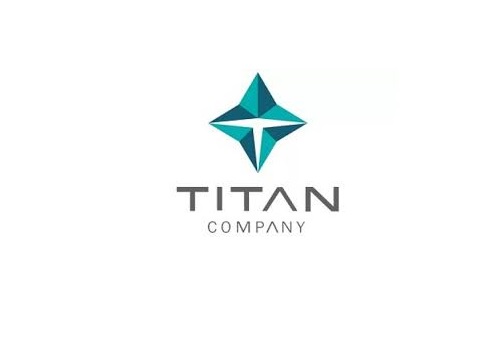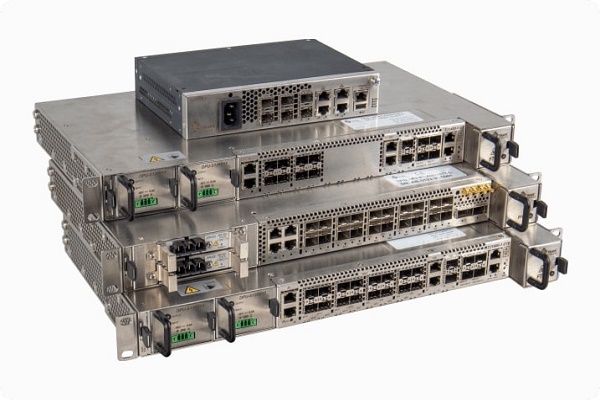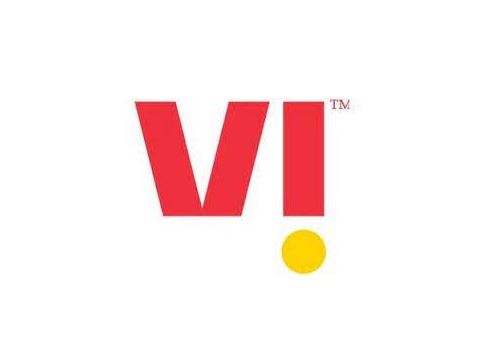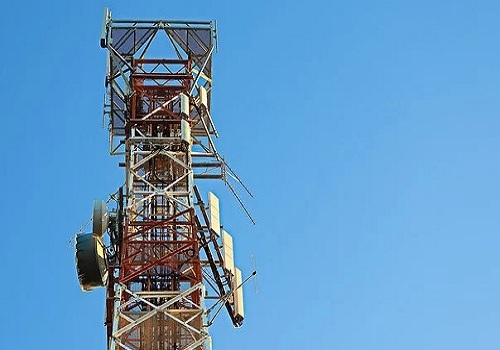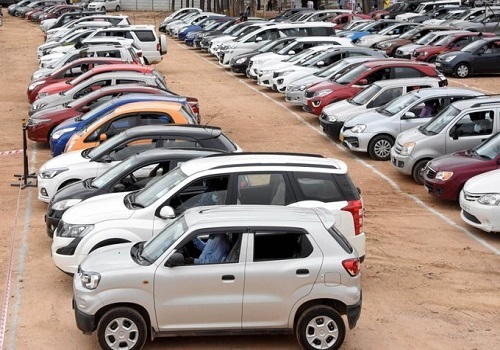Telecom Sector Update : Expert call on Satellite internet - potential to disrupt telcos? By JM Financial Services
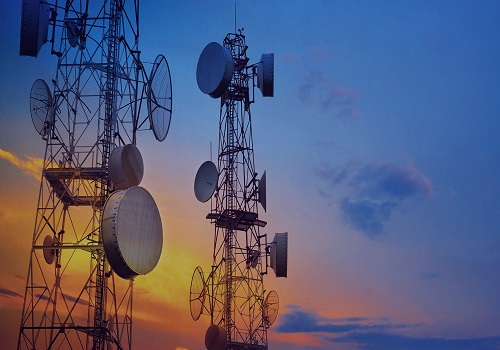
Expert call on Satellite internet - potential to disrupt telcos?
We hosted an expert call to discuss a) economics, viability and target market of satellite internet in India; b) potential of satellite internet to disrupt telcos’ home broadband and wireless business; and c) technical challenges in direct-to-cell technology and their potential resolution. The expert highlighted that providing satellite internet pan-India will require capex of ~INR 80bn (to launch 700-750 LEO satellites at capex of ~USD1mn per LEO satellite, with 7-8 years of useful life), and an additional annual opex of ~INR 3.5bn. Further, the current CPE cost of ~USD 400 can reduce by upto 50% if it is manufactured in India; Starlink can partly subsidise the device cost or offer a leasing option to penetrate the mass market. Hence, all-in satellite internet service cost could be very high at ~INR 11,250/sub/month if it only serves 0.1mn subs, but that could fall sharply to ~INR 450/sub/month if a satellite player is able to garner ~2.5mn subs. Hence, Starlink may also target the B2C segment in India by introducing ~USD 20- 25/month plan for early adopters and later launch the service at an attractive price of ~USD 10/month for the mass segment; it could also target significant opportunities in B2B and B2G segments. This can pose some market share risk to Indian telcos’ home broadband business in the long term, though telcos are also trying to offer satellite internet services via tie-ups with global satellite players.
Separately, the expert highlighted that technical constraints for development of direct-to-cell (D2C) technology may get resolved in the next 3-5 years. However,D2C technology delivers a far inferior performance than traditional wireless connectivity services; hence, we believe it is unlikely to disrupt Indian telcos’ wireless business (which contributes 80-90% of valuation for Bharti/Jio) as highlighted in our earlier thematic note “Satellite internet: Potential to disrupt Telcos?.
* Capex of ~INR 80bn required to launch 700-750 LEO satellites (with 7-8 years of useful life) to provide satellite internet pan-India, apart from an additional annual opex of ~INR 3.5bn: The expert said that three Geostationary Earth Orbit (GEO) satellites are sufficient to cover entire globe, but it might require 7,000-8,000 Low Earth Orbit (LEO) satellites for the same purpose; of this, around 700-750 LEO satellites might be required to cover all of India. The expert said the cost of manufacturing an LEO satellite has come down to ~USD 1mn with technological advancements (though our secondary research suggests the cost of an LEO satellite ranges from USD 1mn to USD 45mn). According to the expert, a satellite internet player needs to deploy a constellation of 700-750 LEO satellites and around 20 ground stations to establish a pan-India satellite internet network. Hence, the player may have to incur a capex of ~INR 70bn for deploying a constellation of 700-750 LEO satellites at a cost of ~USD 1mn per LEO satellite. Further, there could be capex of ~INR 5bn for launching these satellites into space (LEO satellites weigh less than 300kg and hence launching them into space is cost-effective) and another INR 5bn for setting up the 20 ground stations, taking the total capital outlay for the service to ~INR 80bn. In addition, the satellite player may have to incur an annual opex of ~INR 3.5bn to operate and maintain the pan-India network, including ~INR 0.25bn for the maintenance of ground stations, ~INR 0.8bn for recurring bandwidth and spectrum costs, ~INR 0.5bn for replenishment costs and ~INR 0.25bn for subsidising CPE (Customer Premise Equipment) costs over 5 years. However, the expert clarified that there would not be any significant disposal or de-orbiting cost for satellites after their expiry of useful life. According to the expert, the useful life of an LEO satellite is 7-8 years, but with on-going technological advancements the new LEO satellites may have a life of up to 10 years.
* Current CPE cost of ~USD 400 can reduce by upto 50% if it is manufactured in India; Starlink can partly subsidise device cost or offer a leasing option to penetrate the mass market: Starlink has recently launched its satellite internet services in Bangladesh, Bhutan and Sri Lanka where a subscriber needs to pay an additional one-time payment of ~USD 400 for shipping and setting up the CPE (Customer Premise Equipment). However, the expert believed that the CPE costs can reduce by up to 50% if Starlink goes in for large-scale production of the CPE in India. The expert added that Starlink may also subsidise this cost to some extent or offer an affordable leasing option to penetrate the mass market segment.
* Satellite internet service all-in cost could be very high at ~INR 11,250/sub/month if it only serves 0.1mn subs, but can fall sharply to ~INR 450/sub/month if it’s able to garner ~2.5mn subs: The expert stated that an LEO satellite was capable of delivering throughput of 60-100GB per second. Assuming average data speed of 35-50MBPS offered by satellite players to their subscribers, an LEO satellite could serve ~7k subscribers at a time. Given a satellite player would be required to deploy 700-750 LEO satellites to cover all of India, it could serve up to ~5mn subscribers in India (i.e., 700 LEO satellites*7k subscriber per LEO satellite), according to the expert’s calculations. Amortising the capex of INR 80bn over the satellite’s useful life of ~8 years and annual opex of INR 3.5bn (as discussed earlier) would translate into annual all-in cost of ~INR 13.5bn for the player. Hence, if such a player’s subscriber base is limited at say only 0.1mn subs in India, the cost of providing the service could be as high as ~INR 11,250/subscriber/month (i.e., INR 13.5bn/0.1mn subs/12months). However, the satellite internet business involves significant operating leverage; hence, the cost of providing service could come down sharply to as low as ~INR 450/subscriber/month if it’s able to garner ~2.5mn subscribers (INR 13.5bn/2.5mn subs/12months). Starlink currently has ~6mn subscribers globally.
* Starlink may target the B2C segment by introducing ~USD 20-25/month plan for early adopters and later launch the service at an attractive price of ~USD 10/month for the mass segment; it could also target significant opportunities in B2B and B2G segments: The expert didn’t comment on the potential rationale behind Starlink’s differential pricing of its satellite internet services across different geographies (from USD 10/month in Kenya to ~USD 100/month in Canada). However, the expert believes that Starlink can introduce its monthly subscription in India at ~USD 20-25/month initially and target ~0.5mn early adopters; maybe later, it can launch the service at an attractive price of ~USD 10/month for the mass segment given it has already deployed ~8k LEO satellites in space, capable of covering the entire world. Hence, Starlink has to incur limited incremental capex to serve India, mostly for setting up ground stations in India. This can pose some market share risk to Indian telcos’ home broadband business in the long term, though telcos are also trying to offer satellite internet services via tie-ups with global satellite players. Further, Starlink may also adopt differential pricing for other segments like enterprises (B2B) and government projects (B2G). The expert emphasised that satellite internet services would be useful for enterprises located in remote or hilly areas and also for maritime and airline industries, etc. Also, there could be significant opportunity in B2G segments.
* Technical constraints for development of direct-to-cell (D2C) technology may get resolved in next 3-5 years: Starlink and other satellite players are also developing direct-to-cell (D2C) technology, which can facilitate provision of satellite communication services directly to smartphones, which can be an alternative to the telcos’ wireless broadband business. However, the expert agreed that this technology is still at a nascent stage and is currently facing following technical constraints: a) LEO satellites are not stationary relative to the Earth; hence, circumventing this via beam steering is difficult in case of cell phones; b) cell phones’ low antenna gain and power limits their capacity to maintain a reliable line of communication with the satellites and c) compatible 4G/LTE spectrum is needed to connect with smartphones, which require satellite players to tie-up with telcos (as they hold 4G/LTE spectrum). He believes that these constraints may get resolved over the next 3-5 years with technological advancements in D2C technology and development of chipsets compatible with smartphones. However, D2C technology delivers a far inferior performance than traditional wireless connectivity services; hence, we believe it is unlikely to disrupt Indian telcos’ wireless business (which contributes 80-90% of valuation for Bharti/Jio).
* Starlink has significant cost advantage in launching LEO satellites; however, Indian telcos try competing via tie-ups with global satellite players: Indian telcos have also forayed into the satellite internet business via tie-ups with foreign satellite players. Bharti has tied-up with Bharti Enterprisesbacked OneWeb while Jio has partnered with Luxembourg-based SES. The expert said that both these foreign satellite players lag Starlink in terms of network capabilities and also highlighted Starlink’s capability to manufacture and launch its LEO satellites (through its parent SpaceX), giving it a significant cost advantage over the other satellite players (apart from the first-mover advantage with the launch of ~8k LEO satellites). Separately, according to the expert, Bharti/Jio’s recent tie-ups with Starlink could be currently limited only to the distribution of Starlink’s satellite services in India. However, the expert said that the scope of the tie-up may be extended in terms of Starlink allowing access to its constellation of LEO satellites to Jio/Bharti to offer their satellite services (similar to the concept of multi-tenancy and tower-sharing by telcos in the telecom industry). This can also help Starlink to improve its cost economics in the country in future, but the expert expects this to happen only after Starlink achieves an optimal subscriber base in India
Please refer disclaimer at https://www.jmfl.com/disclaimer
SEBI Registration Number is INM000010361


